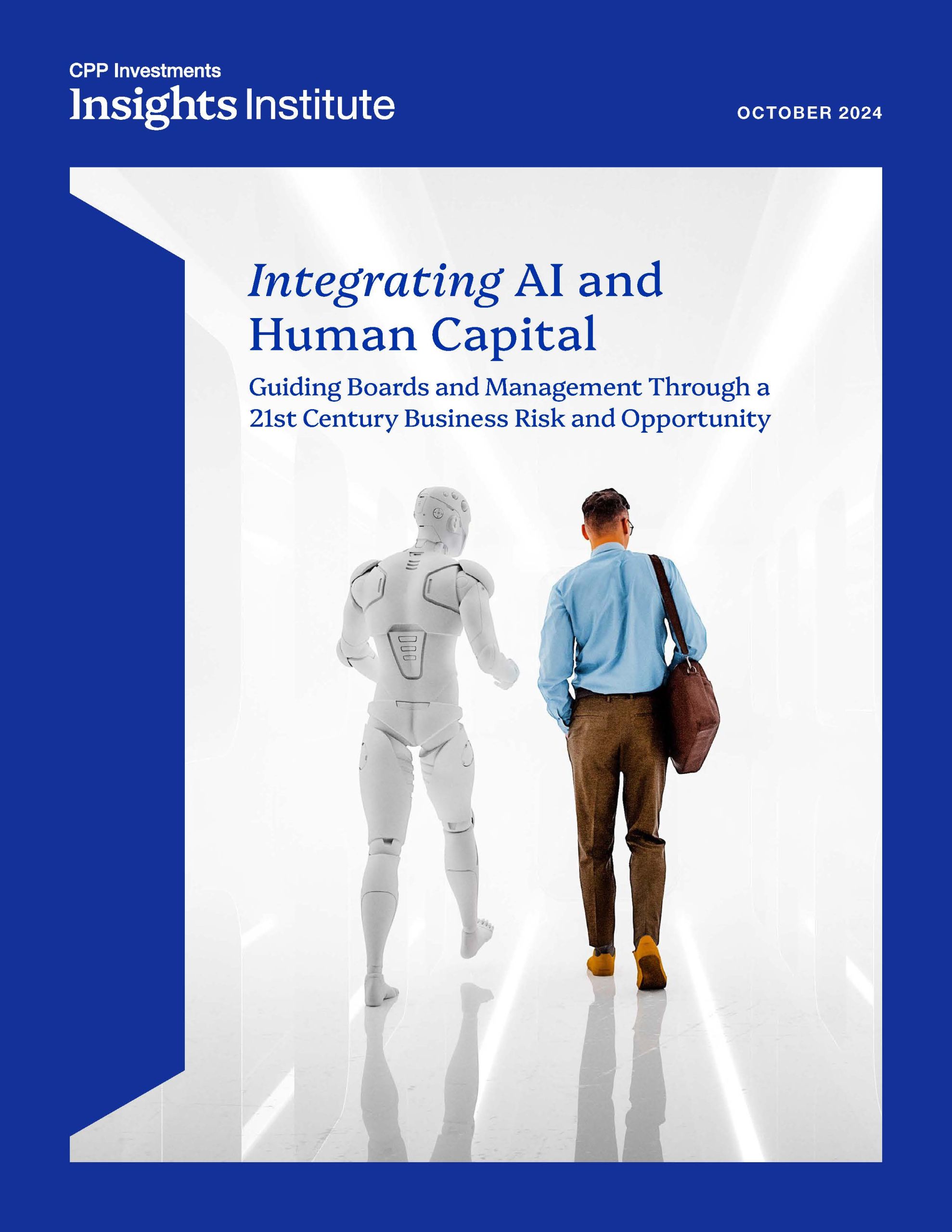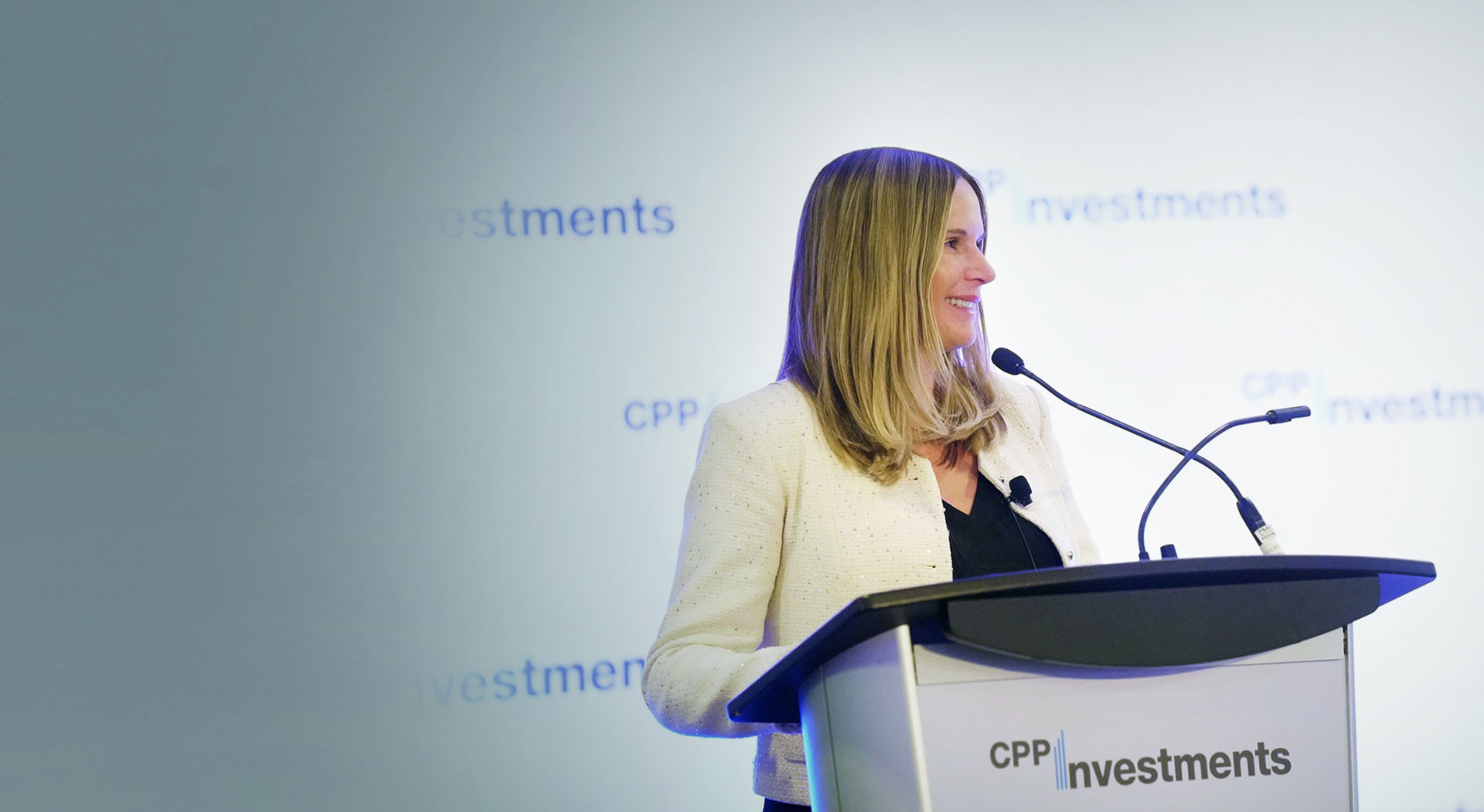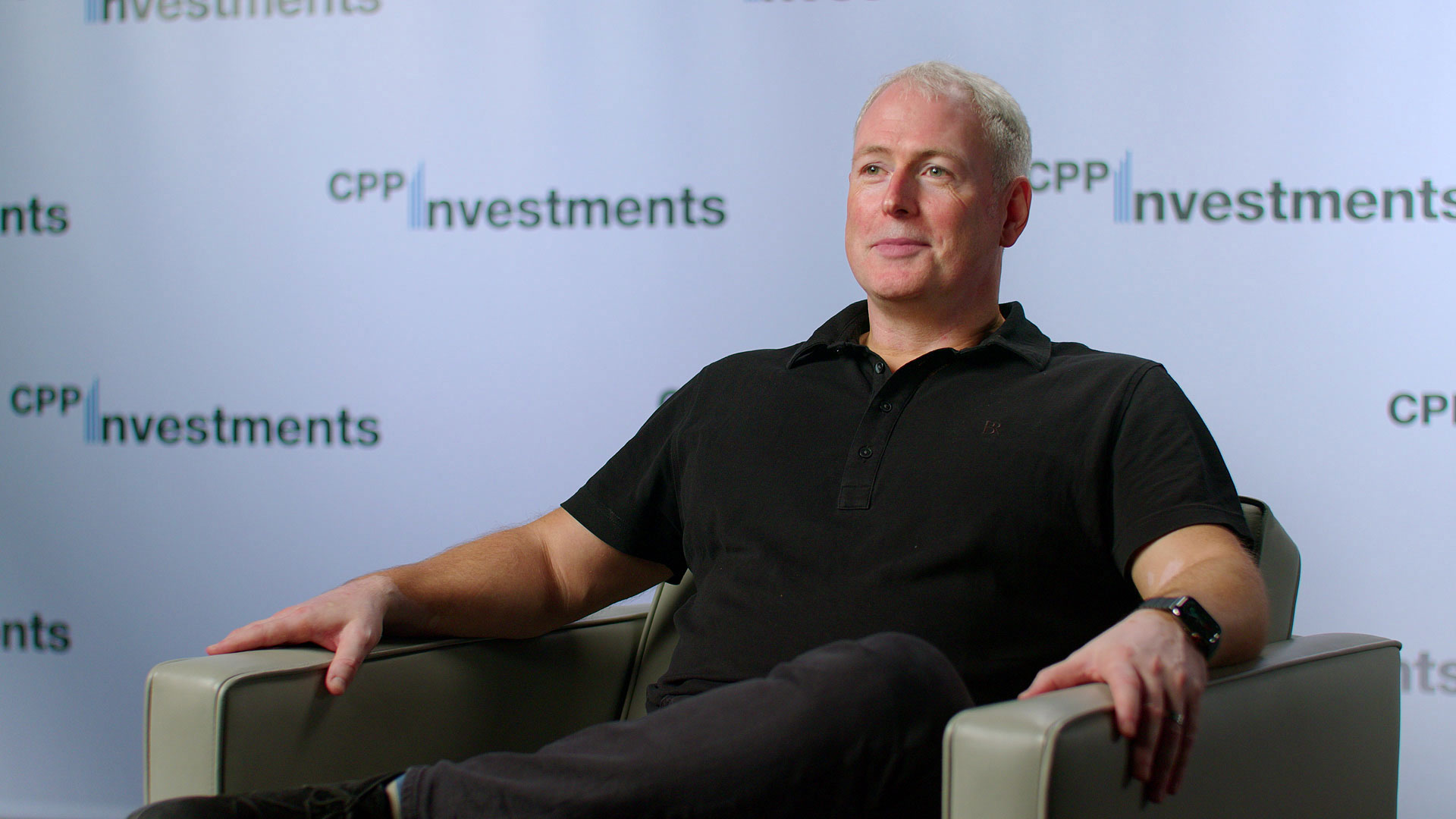The rapid rise of artificial intelligence is opening exciting possibilities for workforce productivity—and value creation. But are boards and management ready for the talent transition AI will demand? Integrating AI and Human Capital, a new report from CPP Investments Insights Institute, explores how investors can help companies navigate this challenge. It examines the strategies of three leading firms—CPP Investments, Standard Chartered and General Atlantic.
The following excerpt outlines Standard Chartered’s approach.
Resilience, critical thinking—and an ability to manage ambiguity.
As automation and AI transform the workplace, these “human skills” will become just as critical as technical ones, said Tanuj Kapilashrami, Chief Strategy & Talent Officer at Standard Chartered, a global bank with operations in over 50 markets.
“I call them ‘enabling skills,’ because they’re what we’ll need to enable this transition,” Kapilashrami said. “I genuinely believe automation and AI will increase productivity. But I also believe these enabling skills will be critical to helping people deliver what technology and machines cannot.”
In 2020, Standard Chartered conducted an extensive firm-wide evaluation to determine which skills and jobs would be essential to the bank’s operations over the next three, five and 10 years. It has refreshed the analysis regularly, including after ChatGPT thrust generative AI into the mainstream. The bank’s analysis found that a significant level of disruption to existing jobs was likely. While many roles would disappear, a large proportion of new roles, including those focused on AI governance, prompt engineering, and ethics were likely to emerge. And even as technical skills like data analysis, visualization and cybersecurity became critical to the bank, so too would creative thinking and other human capabilities.
A subsequent analysis from a gender perspective found that a disproportionate amount of job disruption would impact female staff. Training and reskilling needed to be a priority.
“It became very clear that if we didn’t take action around upskilling, reskilling, and redeployment, the proportion of women in our workforce would reduce” Kapilashrami said.
Having identified its skills gaps, the bank set out to bridge them through a multi-year plan to build a future-ready workforce. Specifically:
- In 2020, it established future skills academies to provide learning and development opportunities for employees in both technical and human skills.
- It established an AI-backed platform to curate content and scale learning opportunities.
- It deployed an AI-enabled “Talent Marketplace” to match the demand and supply of skills within the organization, and to give employees an opportunity to work on projects aligned with their interests. A risk analyst in Bangalore, for instance, may have skills needed to help with a project to develop green bonds. “They give a few hours of time a week and learn that way,” Kapilashrami said.
The bank has now turned its attention to mapping “skills adjacencies”, or linkages between the skills employees currently have and those that will be needed in the future. The work involves deconstructing traditional “job families”—for example in corporate banking—into their component skills. In addition, learning councils have been set up in collaboration with senior executives from each line of business to fine-tune learning to their specific functions.
The work has demanded a major cultural shift toward continuous learning inside the organization, Kapilashrami said.
“But from an employee perspective it is increasing satisfaction. Engagement scores are high. People believe the company is investing in their career development and growth.”
For more on how investors can help guide boards and management through the AI transition, read Integrating AI and Human Capital: Guiding Boards and Management Through a 21st Century Business Risk and Opportunity.
5 Key Trends: The 2024 Sustainable Energies Group CEO Summit
It’s a tricky balancing act: rapidly decarbonizing the global energy supply while ensuring access to affordable and secure energy for
CPP Investments: Making AI governance, education and skills a priority
The rapid rise of artificial intelligence is opening exciting possibilities for workforce productivity—and value creation.
Four Minutes with Jon Webster
Jon Webster, Senior Managing Director & Chief Operating Officer, shares his views on building technological fluency, finding products that








